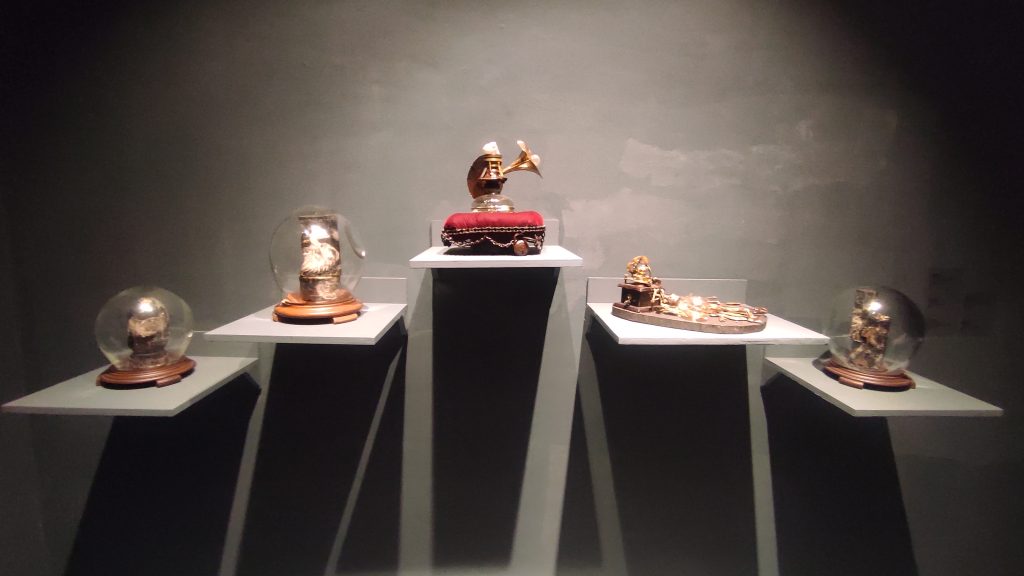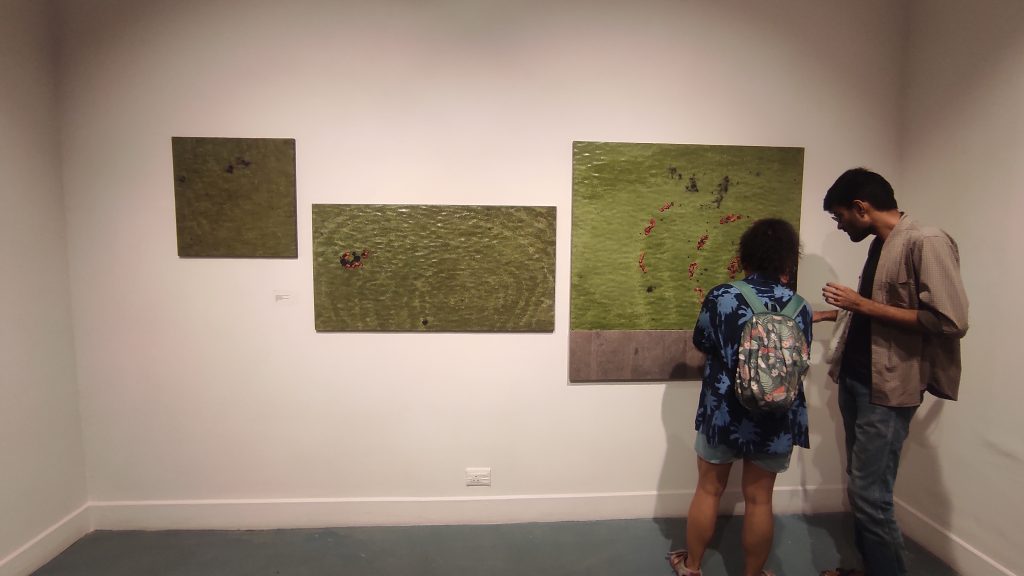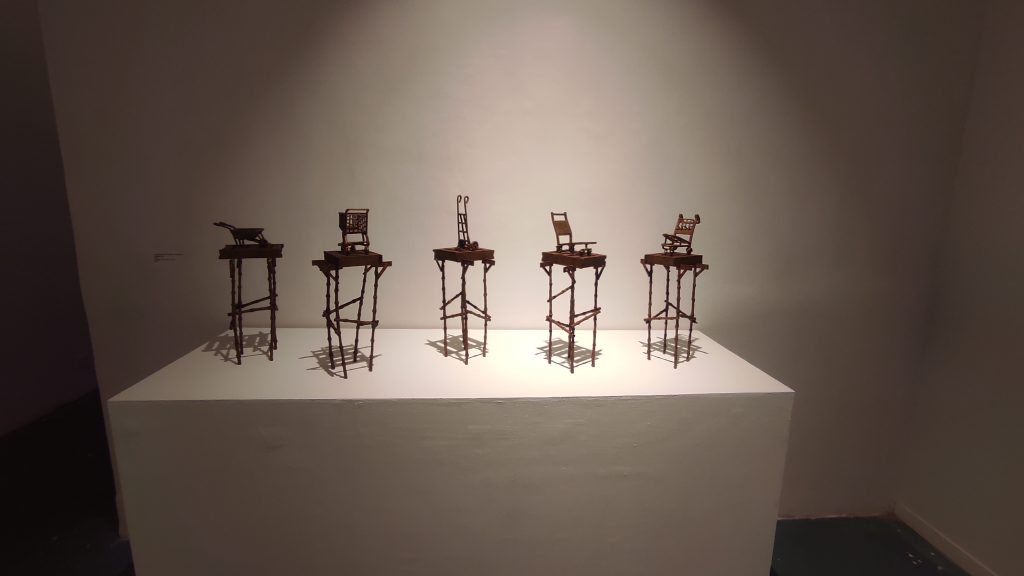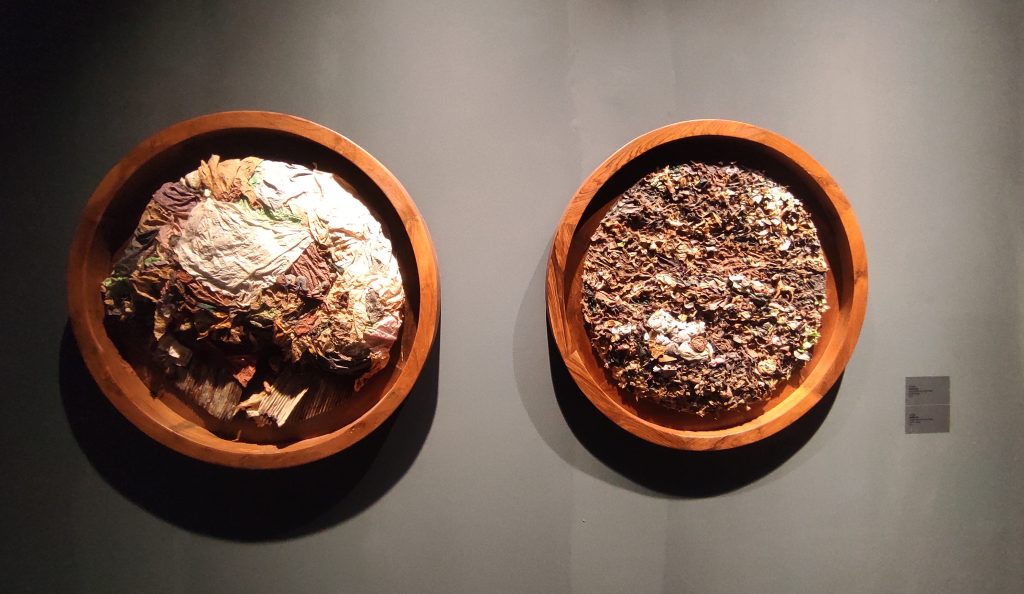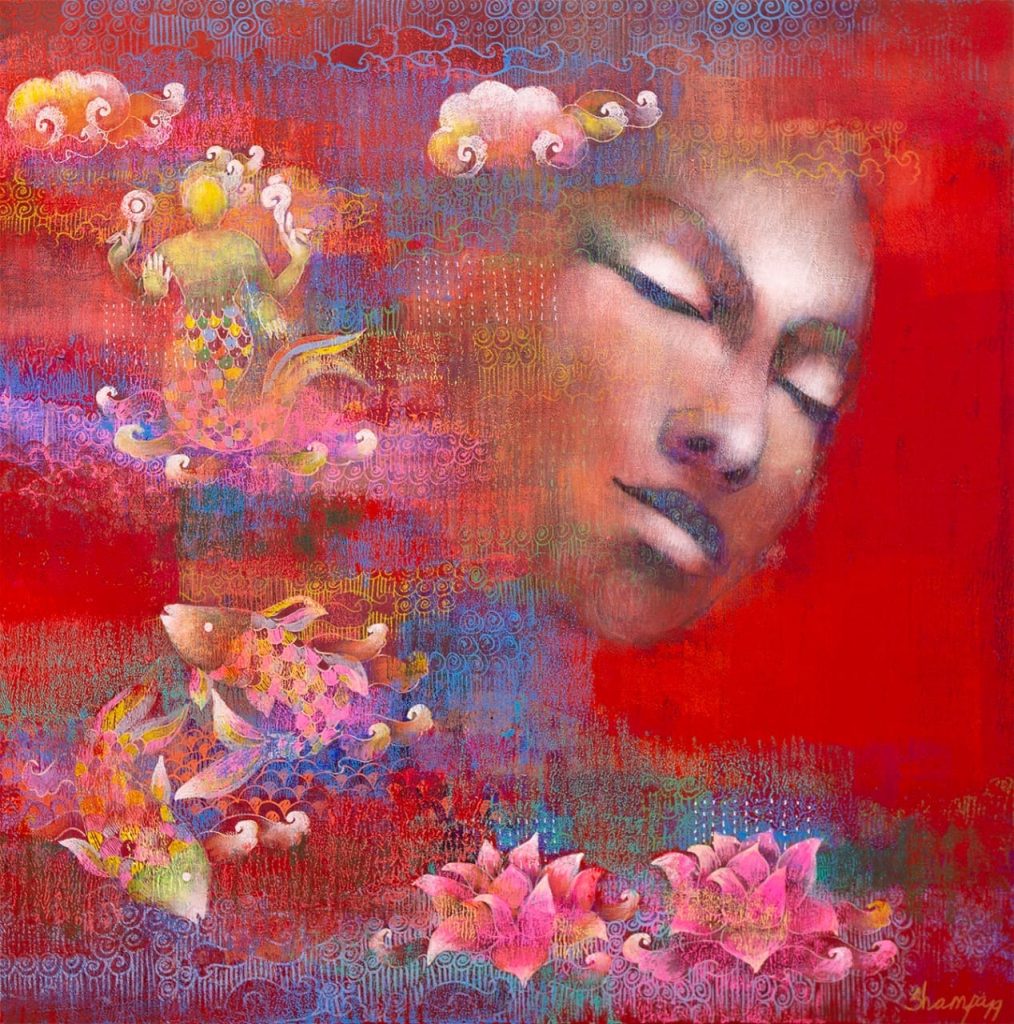In our everyday lives, we usually don’t consider the stories that are connected to the things around us. We don’t value our connection with objects, and as we rely more on digital technology, we don’t appreciate the experience of touching and interacting with physical things. It is necessary for us to think about and realize the importance of things that are meaningful to us because they become a part of our memories and the stories of our lives. People have a complicated relationship with objects. It takes effort to understand and value them. An exhibition called “Things are Vanishing Before Us” was recently set up by Gallery Dot Walk at Bikaner House on Friday, 16th September. The exhibition aimed to bring these objects into our lives and make us appreciate their existence. The exhibition aims to focus on objects that have stories to tell and that want you to understand the hidden connections that are remembered forever. Things that we have and use show other people who we are and make us who we are. Our lives are connected with the things that we consider personal belongings, to the point where it’s hard to tell the difference between us and those objects.
Premjish Achari, the curator of the show explained, “Basically I’ve selected artists whose practice revolves around the objects and they have something strong to tell about the objects. So, I chose the artists who reflect the role of objects in our time especially when the physical has been converted into the digital and the way digital has taken over our daily lives, experiences, lifestyle, and everything. The focus is on the future of objects, how we create memories, how we create ourselves, and identities that revolve around the objects. So, the idea was to incite artists who see and find the relationship with the objects. Though, I am not saying that binary or digital is bad, my attempt is to invite works to depict/reflect the complex relationship with the objects. Either physical or digital, how the objects are shaping our identities, how they are influencing us and we are nothing without our objects. The narratives are built by the dominant communities and certain communities are excluded from that sphere. So, the idea was to bring objects to a crucial juncture to understand the complex relationship that we have with the objects and it has nothing to do with digital is bad or not good. But a reflection on what we have lost. This exhibition is about the thought of how objects shape the self. We primarily take objects as granted, because we think we have a fetish for certain objects and we start collecting them and then we preserve them as a memory. It’s about the fascination with the objects, why are we doing this? This exhibition is also a reflection on that aspect. These works reflect the future relationship with the objects and also reflect the collection and connection with the objects as we create histories. So, a lot of narratives are incorporated into this exhibition. The selection of works for this exhibition was not easy, but I am overall happy because the works justify my idea of the object. We are not reflecting what we are losing, we aren’t aware of the connection.”
Image Courtesy: Abir Pothi
The artwork in the exhibition had different stories, and each one was designed in a creative way. In the show, there were sculptures that used metaphors a lot. In each of these works, you could see the idea of self. We can easily see and understand the memories of the artists in their works. How do things affect our memory and who we are. This is an important question because certain objects become very important to us and can’t be separated from our lives. Things that we own have an impact on who we are because they affect how we see and think about the world and how others see us based on those things. Objects are more than things you can buy and sell. They have a special feeling attached to them that brings up nostalgic emotions. By using them, we can learn about our history and create a bond with it.
Image Courtesy: Abir Pothi
Read Also:
Trouvaille: Reflection of True Identity at Art Konsult Gallery

Contributor

